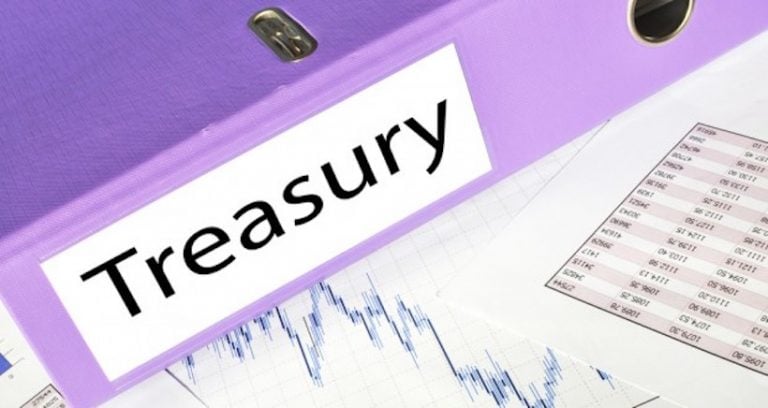Treasury Management – The fundamental differences between treasury management and financial management are presented in this article. Treasury management is the creation and governance of policies and procedures that ensure the company manages financial risk successfully. Objectives of Treasury Management, Scope & Functions Treasury Management.
What’s Treasury Management?
Treasury management means “To plan, organize and control cash and borrowings so as to optimize interest and currency flows, and minimize the cost of funds” or in other words “the handling of all financial matters, the generation of external and internal funds for business, the management of currencies and cash flows, and the complex strategies, policies, and procedures of corporate finance” It involves ensuring that proper funds are available with the company at the time of outflow required & also that funds are not kept unutilized for a good long time.
This requires the management of cash flows, banking, money-market and capital-market transactions; the effective control of the risks associated with those activities; and the pursuit of optimum performance consistent with those risks.
Objectives of Treasury Management:
- Availability of right quantity – It ensures that the funds have been arranged in the required quantity. This quantity is available to the firm either as external loans or as internal generation.
- Availability at right time – The requisite funds for day to day working of the firm are available in time in addition to being available in quantity.
- Deployment of fund in right quantity – It ensures that right quantity of funds is deployed. For developing the right amount of funds, the treasury manager keeps track of all receipts of funds and time table of deployment of funds is to be drawn up.
- Deployment of fund in right time – A logical corollary of sourcing funds at the right time is that funds should be deployed at the right time. The treasury manager has to honour the outstanding commitments on working capital account within a short span of time.
- Profiting from availability and deployment – One of the prime objectives of a treasury manager is to ensure timely procurement of right amount of funds and timely deployment of right amount of funds. The objective results in administrative smoothening and paves way for register achievement of performance targets of the form. Modern day treasury manager has another objective which is to profit from such sourcing and deployment.
Scope of Treasury Management:
Treasury management is concerned with both macro and micro facets of the economy. At the macro level, the inflows and outflows of cash, credit and other financial instruments are the functions of the government and the business sectors. These inflows are arranged by them as borrowing from the public. The micro units utilize these inflows and build up their capacities for production of output.
This leads to establishment of a production system which logically leads us to the natural consequence, i.e. the establishment of distribution and consumption systems. Once the production, distribution and consumption systems are in place at the micro level, the generation of surpluses at the units begins. These surpluses are channeled back into the macro system as outflows from the micro system.
The inflows are the taxes paid to the government and repayment of loans made to the banks and financial institutions. These inflows into the macro level have to be managed by the treasury managers at the macro level.
Functions of Treasury Management:
- Cash Management: The Treasury Manager controls the cash assets and liabilities of the organization.
- Liquidity & Funds Management: Analysis of cash flow arising out of asset liability transaction and funding various asset of balance sheet is the function of treasury management. It also involves policy inputs to strategic planning and yielding expected returns in credit and investment.
- Risk Management: Treasury management plays an active role in risk management by managing the impact of the changes in interest rates, credit risk due to increasing NPA’s. It includes customer credit management, vendor/contractor financial analysis, liability claims management, business disaster recovery, and employee benefits program risk.
- Reserve Management & Investment: It includes selection of investment products investment brokers and methods of borrowing. The treasury manager develops cash management information system and investment policy and processes.
- Maintaining good relations with supplier of funds, particularly the investors and shareholders.
- Looking after the financial implications of strategic and policy decisions.
- Interaction with financial market in general and with capital market in particular.
Recommended Articles
- Balance enquiry number of all Banks
- Types of loans
- Bank Holidays in India
- Sukanya Samriddhi Yojana
- Sovereign Gold Bond Scheme
- Sukanya Samridhi Yojana
- Post Office Monthly Income Scheme Account
- Senior citizens savings scheme
- Jan Aushadhi Scheme
- Revised interest rates for Small Savings Schemes
- National Pension Scheme
- Pradhan Mantri Mudra Yojana
